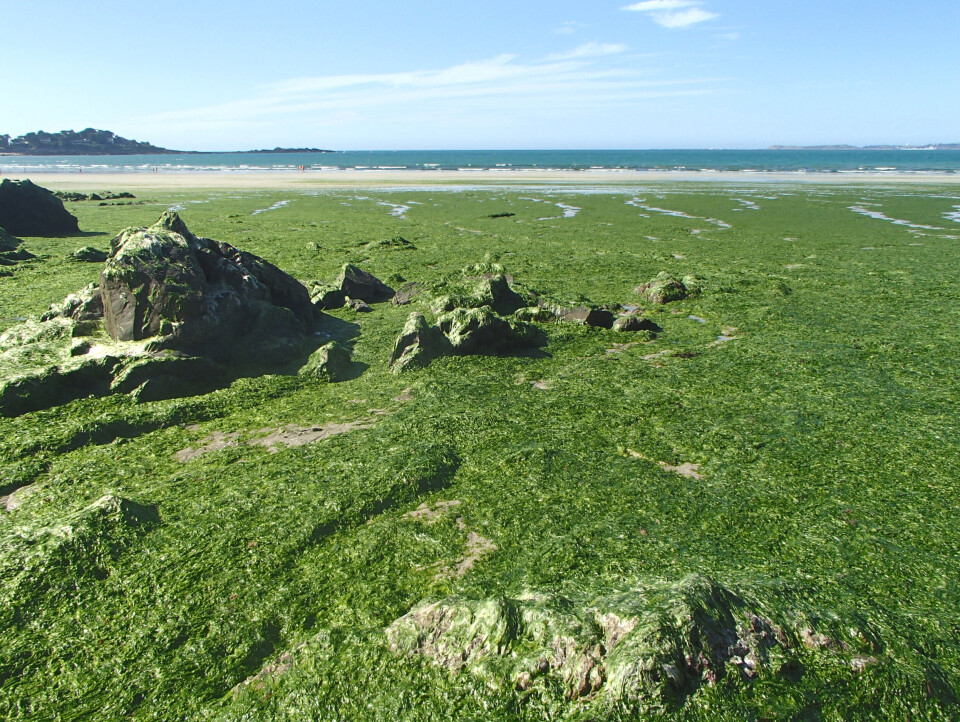-
Top Paris restaurants to sell off 20,000 tableware items
Pieces set to go on sale include glassware, cutlery, and silverware, as well as bistro tables and chairs. Money raised will go in part to charity
-
2025 world economy rankings: France classed above the UK and US
France’s low inflation rate helped it beat many other nations
-
Speed, alcohol, drugs: French ski resorts take action
Behaviour of some skiers a cause for concern as severity of injuries worsens
Brittany beaches find way to measure levels of green algae toxicity
The gas given off as the algae decomposes can be fatal, with one human and many animal deaths already reported in recent years

Beach managers in Brittany have found a new way to measure the toxicity of green algae on the coast, enabling them to take earlier and more effective measures in case of danger.
The gas given off as the algae decomposes – hydrogen sylphide – is extremely strong-smelling, and can also be fatal.
The issue causes major problems at many beaches in Brittany, including the Saint-Guimond beach in Hillion, Côtes-d'Armor, which has already had to be closed several times as a result.
Read more: France ordered to take extra measures against Brittany green algae
In the region, the gas has caused the death of animals including horses, dogs, and boars. And, in 2019 an 18-year-old oyster farmer died suddenly in the Bay of Morlaix (Finistère), suspected as a result of inhaling toxic gases.
Across Côtes-d'Armor and Finistère, 12 of the most-affected beaches have now installed ‘captors’ to help measure the levels of sulphuric acid linked to the green algae.
The aim is to inform people and protect them, and enable authorities to take early decisions in case of danger.
Data captured by the devices are available to see on the Air Breizh website. This association, which measures the quality of air in the region, has already alerted authorities at times when the concentration of toxicity has reached too-high levels.
The threshold is 1 ppm (parts per million), as set by the public health council le Haut conseil de santé publique. At this level, humans can already smell a ‘rotten egg’ like odour.
Related articles
























